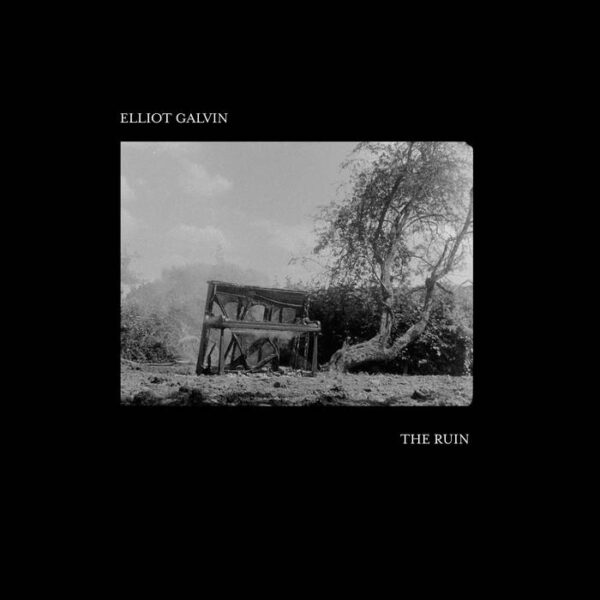Eurovision's Evolving Soundscape: The Role Of Cross-National Artists

Table of Contents
The Rise of International Collaborations
The Eurovision stage is increasingly becoming a platform for international collaborations, a trend dramatically altering the contest's musical landscape. Artists from different countries are teaming up, bringing their unique musical styles and cultural perspectives to create entries that resonate with a wider audience. This strategic move reflects a shift towards a more globally connected and collaborative creative environment within the Eurovision world.
- Successful Collaborations: Consider the impact of Måns Zelmerlöw's "Heroes" (Sweden, 2015), which, while not strictly a cross-national collaboration in the sense of featuring multiple artists from different countries, incorporated international musical influences. Similarly, the entries of many countries increasingly incorporate elements reflecting diverse cultural backgrounds.
- Statistical Success: While precise statistics isolating the impact of explicit cross-national collaborations are difficult to obtain directly from Eurovision's official data, the increasing presence of diverse musical styles strongly suggests a correlation with rising viewership and engagement across different regions. Analyzing voting patterns reveals a shift toward less regionally-focused preferences.
- Musical Style Fusion: The result of these partnerships often involves unique musical styles – a blend of pop with traditional elements from the artists' home countries, creating a compelling fusion.
Blending Musical Genres and Cultural Influences
Cross-national collaborations within Eurovision are not merely about combining voices; they represent a potent fusion of musical genres and cultural influences. This blending results in a vibrant soundscape that pushes creative boundaries and challenges traditional notions of national musical identities. The resulting music transcends geographical limitations, captivating audiences with its fresh, innovative sound.
- Genre Fusions: We see examples of pop fused with traditional folk music from various countries, creating a unique hybrid sound. Electronic music blends with traditional instrumentation, demonstrating the innovative potential of cross-cultural exchange in the Eurovision context.
- Cultural Expression: Lyrics often incorporate elements of multiple languages or reflect themes that transcend national borders, enriching the narrative and adding layers of meaning for a diverse audience. This intercultural dialogue is a defining characteristic of many recent Eurovision entries.
- Audience Impact: This fusion resonates deeply with a global audience, fostering a sense of connection and understanding across cultural divides. The increased diversity in musical styles broadens Eurovision's appeal, attracting new fans from various regions worldwide.
Expanding Eurovision's Global Reach
The strategic use of cross-national collaborations significantly contributes to broadening Eurovision's global reach. By tapping into the diverse fan bases of participating artists, these collaborations introduce the contest to new audiences who might not otherwise be exposed to it. This expansion is essential for the continued success and international relevance of Eurovision.
- Reaching New Fan Bases: Collaborations with internationally recognized artists draw in a new wave of fans, significantly boosting social media engagement and global viewership.
- Voting Patterns: A detailed analysis of voting patterns often shows a positive correlation between cross-national collaborations and increased support from countries associated with the collaborating artists.
- Future Growth Potential: The deliberate pursuit of cross-national collaborations offers a powerful strategy for Eurovision to further expand its global audience and strengthen its position as a globally relevant and influential music competition.
Challenges and Considerations of Cross-National Collaboration
Despite its many benefits, cross-national collaboration in Eurovision is not without its challenges. Logistical hurdles, language barriers, and cultural differences can create complexities. However, successfully navigating these challenges is key to maximizing the creative potential and impact of these collaborations.
- Challenges Faced: Scheduling conflicts, differences in artistic visions, and the complexities of managing multiple teams across various time zones represent significant hurdles. Language barriers can impact the creative process and final product.
- Addressing Challenges: Effective communication, meticulous planning, and a shared artistic vision are crucial in overcoming these challenges. Professional management and skilled translators often play a vital role in ensuring seamless collaboration.
- Balancing Vision and Practicality: Finding a balance between maintaining creative integrity and addressing the logistical demands inherent in international collaborations requires careful navigation and a commitment to collaboration from all parties involved.
Conclusion
Eurovision's evolving soundscape is undeniably shaped by the growing trend of cross-national artists. These collaborations have significantly impacted the contest's musical diversity, expanded its global reach, and contributed to its ongoing popularity. The blending of genres and cultural influences creates a unique and compelling musical experience, captivating audiences worldwide. The challenges inherent in such collaborations highlight the dedication and skill required to bring these ambitious projects to fruition. Continue exploring the fascinating evolution of Eurovision's soundscape and the crucial role of cross-national artists in shaping its future!

Featured Posts
-
 La Suits Premiere Recap Full Event Coverage
May 14, 2025
La Suits Premiere Recap Full Event Coverage
May 14, 2025 -
 Anne Marie David To Perform In Israel Supporting Eurovision 2025 Entry
May 14, 2025
Anne Marie David To Perform In Israel Supporting Eurovision 2025 Entry
May 14, 2025 -
 Breaking Company News 7 Pm Et Friday Report
May 14, 2025
Breaking Company News 7 Pm Et Friday Report
May 14, 2025 -
 Where To Stream Captain America Brave New World Digital And Disney Release Dates
May 14, 2025
Where To Stream Captain America Brave New World Digital And Disney Release Dates
May 14, 2025 -
 Product Recall Dressings And Birth Control Pills Recalled In Ontario And Canada
May 14, 2025
Product Recall Dressings And Birth Control Pills Recalled In Ontario And Canada
May 14, 2025
